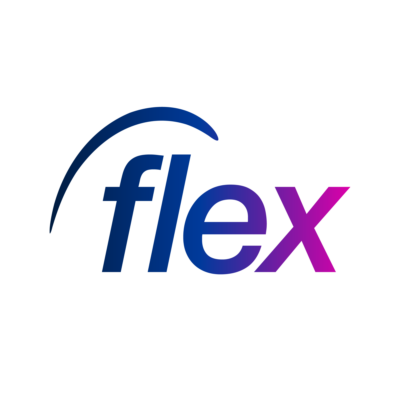
As companies embrace an external workforce, many are struggling to effectively manage their staffing. In this eBook, we explore eight of the most powerful benefits a VMS can offer your business.
While the benefits of an external workforce are clear, the model also presents a series of challenges. From compliance and onboarding to visibility and costing, traditional HR and procurement functions are not equipped to deal with a large external workforce. In order to combat this problem, many leaders are looking to technological solutions.
One of the most impactful is the Vendor Management System (VMS) – an internet-enabled platform that helps businesses procure and manage temporary workers more efficiently. While such platforms have been around for a while now, many leaders are still not aware of their full potential. 77% of executives believe freelance and gig workers will substantially replace full-time employees within the next five years.
1. Streamline your procurement process
Use sophisticated automation to create a more efficient staffing process. In a competitive environment, businesses need to achieve the greatest efficiency possible. But procuring staff can prove time-consuming and costly. This is largely because the process involves a great deal of manual tasks, which creates unnecessary complexity and often leads to errors. Companies spend an average of 18 hours each month modifying, consolidating, correcting and updating information manually. And almost ¼ of all spreadsheets contain errors.
2. Increased workforce visibility
Build a single, detailed view of your temporary staffing situation. To optimise their staffing spend, businesses need a clear picture of their current situation. But traditional processes are often disconnected and overcomplicated, meaning leaders cannot properly assess the efficiency or effectiveness of their strategy. They also often struggle to locate problem areas or foresee bottlenecks. 58% of companies only share recruitment data with leadership, creating silos and severely limiting visibility.
3. Reduced fill time
Simplifying the procurement process enables you to fill roles quickly. It takes an average of 38 days to fill a full-time position – a figure which doesn’t even take into account the time and cost of onboarding. This creates unnecessary rigidity and forces businesses to operate more slowly. A lower time-to-hire is directly correlated with a lower cost-per-hire, according to recent research.
4. Effortless compliance
Save time and effort on complex compliance questions. Compliance is a constant challenge for procurement and HR – particularly in industries with complex regulations, such as healthcare. And because regulations change frequently, depending on location, this takes up a considerable chunk of procurement and HR’s time. Recent research found that a large number of UK businesses do not fully understand their legal recruitment requirements, creating serious compliance risk.
5. Enhanced analytics
Develop a truly data-driven approach to temporary staffing. Without a centralised source of data, most businesses struggle to properly analyse their external workforce expenditure. This means they miss out on a range of possibilities, including advanced analytics and Machine Learning, which can help them find potential gains in efficiency and test-run scenarios to enable better decision making. Highly data-driven organizations are 3 times more likely to report significant improvement in decision-making.
6. Integrate your suppliers
Integrate your suppliers. Determining which staffing suppliers to source your talent from can be time-consuming and confusing. While many businesses work with multiple suppliers, they rarely have a clearly defined process – or sufficient data – to know immediately what will be the best source for a particular role. The number of staffing agencies in the UK has hit an all-time high in recent years, making selection even more complex.
7. Build a better external workforce
Attract and retain the best temporary talent with better employee experience. Finding high-quality, reliable temporary staff can be difficult in-itself. But ensuring that you have a strong, consistent relationship with that staff – and can bring them into your workforce whenever you need them – requires genuinely excellent employee experience. Because the most in-demand workers are more selective about who they will work with. 92% of employers believe enhancing the Employee Experience is a top priority for post-pandemic success.
8. Improve your bottom line
Manage your costs and generate higher profits with a VMS. According to Deloitte, some large companies estimate that up to 30% of their procurement spend goes towards temporary workers.11 This means the management of your external workforce has a sizable impact on the overall profitability of your business. The average cost saving achieved by implementing a Supplier Management solution is 12%.








